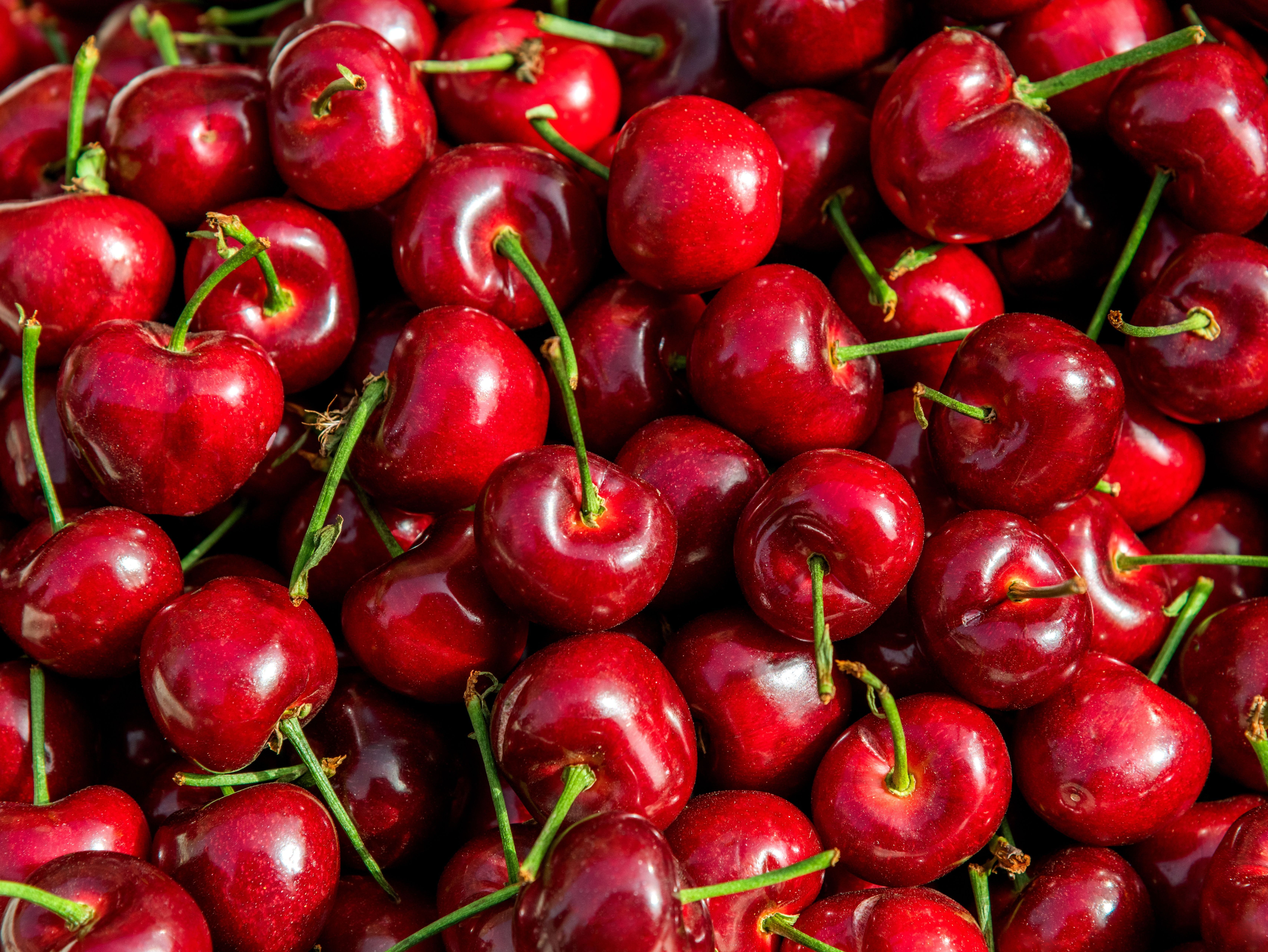Are Cherry Pits Really Poisonous?

The Bottom Line
The pits of stone fruits like cherries naturally contain a cyanide-producing chemical. Small, unintentional ingestions of intact stone fruit pits generally do not cause harm. Crushing or chewing pits before swallowing can result in the release of cyanide. The use of stone fruit pits as complementary or alternative medicine is unsupported by scientific evidence.

What happens if you swallow a cherry pit?
Most of the time, nothing happens when you swallow a cherry pit. A cherry is a stone fruit. This means in the center of the fleshy, edible part of the fruit is a hard, stone-like shell (known as a pit). People often think that the pit is the fruit's seed, but this is incorrect. The seed is encapsulated within the shell and is sometimes called the kernel. If the cherry pit has not been chewed or broken open, it should pass intact through the digestive tract. Because of their widespread availability and the ease with which a cherry pit can be accidentally swallowed, cherry pit ingestions are a common reason people contact Poison Control.Are cherry pits toxic?
The dangerous chemical found in the seeds of stone fruits is called amygdalin. Poisoning can occur when the seeds are crushed or chewed before swallowing, releasing the amygdalin. Amygdalin is then converted by the body to cyanide. Many other types of plants found in the US, both edible and non-edible, also naturally contain cyanide compounds.What is cyanide? Is it poisonous?
Cyanide's reputation for being deadly is well-deserved. Cyanide poisons the most basic and fundamental units of life—the cells—by depriving them of the oxygen needed for life. Even small amounts of cyanide can quickly lead to loss of consciousness, seizures, sudden loss of blood flow to vital organs, and death.What other stone fruit pits are dangerous?
Apricots, plums, peaches, apples, mangoes, and nectarines are other examples of stone fruits. The amount of amygdalin in the pits of stone fruits varies widely, both between different types of stone fruits (such as cherries vs. plums) and even within the same type of fruit (such as cherries grown in one region vs. cherries grown in another region).
In general, unintentional ingestions do not lead to poisoning because it is unlikely that someone would chew or crush the pits prior to swallowing them, and because unintentional ingestions tend to be of small amounts.
Does amygdalin have any health benefits?
A drug called Laetrile, a chemical that comes from amygdalin found in stone fruit seeds, gained popularity in the 1970s as a treatment for cancer despite no evidence to support this claim. It was even marketed as a new vitamin, "vitamin B17." Health-food stores began to sell apricot kernels for their natural amygdalin content and its claimed anticancer benefits. As a result, several cyanide poisonings from the ingestion of large amounts of apricot kernels occurred. Scientific studies have shown that Laetrile has no anti-cancer activity in humans, and it has since lost much of its popularity. However, there are still some apricot kernel products being sold, especially on the internet, with the same claims about the benefits of "vitamin B17."I swallowed a stone fruit pit. What should I do?
If someone swallows a stone fruit pit or if you have a question about stone fruit pit safety, help from experts is available through the webPOISONCONTROL online tool and by phone at 1-800-222-1222. Poison Control’s expert guidance is always free, confidential, and available 24 hours a day.Serkalem Mekonnen, RN, BSN, MPH
Certified Specialist in Poison Information
Revised William G. Troutman, PharmD
Professor of Pharmacy Emeritus
Poison Control Media Information
Did you find this page helpful? If so, we need your support. Poison Control is in constant competition with misinformation online. Links to www.poison.org or our webPOISONCONTROL triage tool from other websites and blogs help internet searchers quickly find accurate information and Poison Control’s contact information in an emergency. If you use the content from this page, please provide attribution via a link back to this page, www.poison.org, or https://triage.webpoisoncontrol.org/#!/exclusions. By doing so, you could save a life. Thank you!
Poisoned?
Call 1-800-222-1222 or
Prevention Tips
- Avoid swallowing stone fruit pits, kernels, or seeds. Teach children to spit them out.
- Do not chew or crush stone fruit pits, kernels, or seeds prior to consumption.
- Remove the pits of stone fruits before placing the fruit in a blender.
- Do not consume stone fruit pits, kernels, or seeds for their claimed health benefits.
This Really Happened
For More Information
Public health statement: cyanide. US Agency for Toxic Substances and Disease Registry. July, 2006. Accessed April 27, 2024.
References
Bolarinwa IF, Orfila C, Morgan MR. Amygdalin content of seeds, kernels and food products commercially-available in the UK. Food Chem. 2014;152:133-139.
Statement on cyanogenic glycosides in bitter apricot kernels. Committee on Toxicity of Chemicals in Food, Consumer Products and the Environment. December, 2016. Accessed April 26, 2024.
Geller RJ, Barthold C, Saiers JA, Hall AH. Pediatric cyanide poisoning: causes, manifestations, management, and unmet needs. Pediatrics. 2006;118(5):2146-2158.
Laetrile/amygdalin (PDQ). National Cancer Institute. Updated June, 2022. Accessed April 27, 2024.
Suchard JR, Wallace KL, Gerkin RD. Acute cyanide toxicity caused by apricot kernel ingestion. Ann Emerg Med. 1998;32(6):742-744.
Poisoned?
Call 1-800-222-1222 or
Prevention Tips
- Avoid swallowing stone fruit pits, kernels, or seeds. Teach children to spit them out.
- Do not chew or crush stone fruit pits, kernels, or seeds prior to consumption.
- Remove the pits of stone fruits before placing the fruit in a blender.
- Do not consume stone fruit pits, kernels, or seeds for their claimed health benefits.
